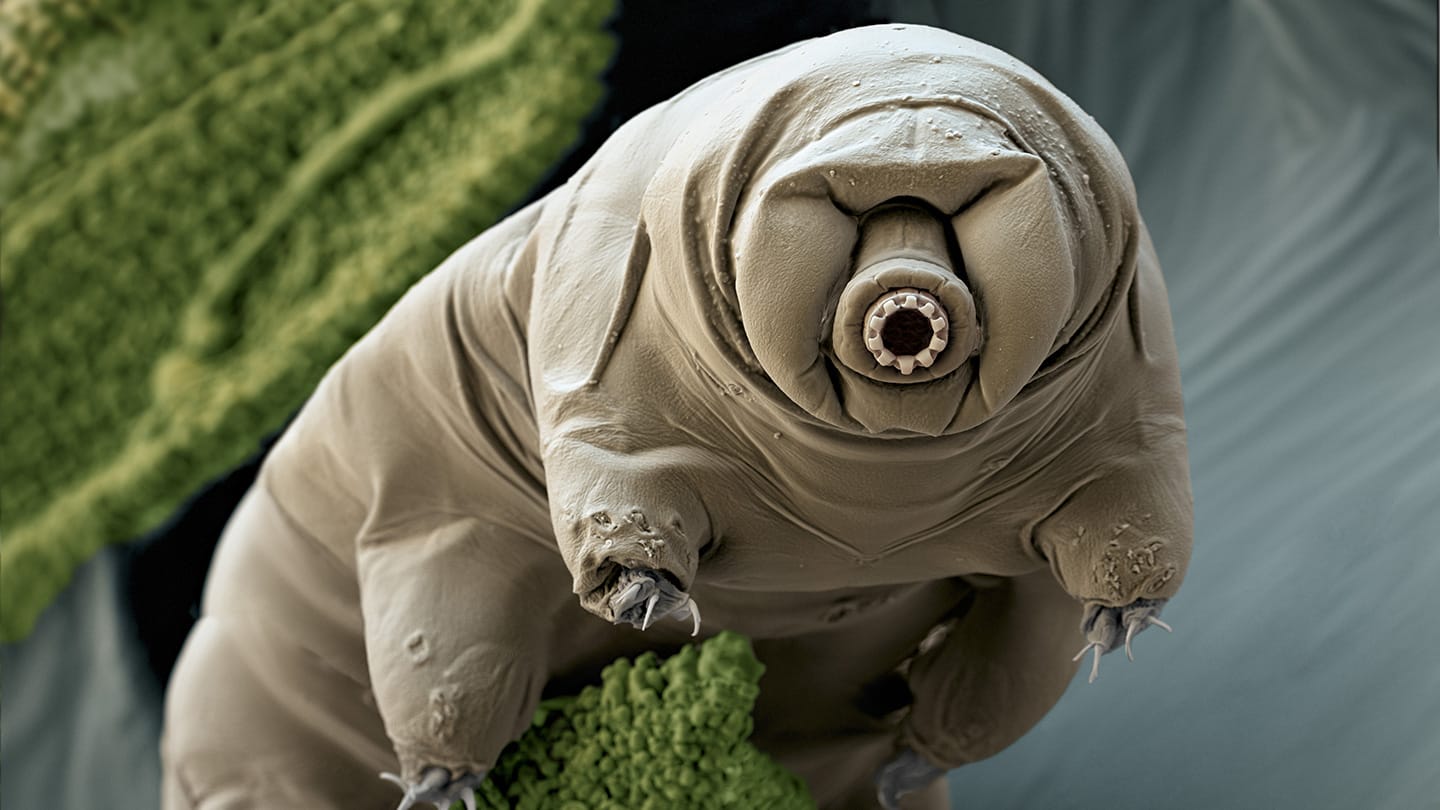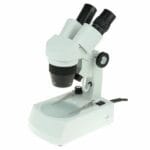You might be surprised to learn that a creature so resilient it could survive the vacuum of space might be hitching a ride on your fingertip right now. Meet the tardigrade, a microscopic marvel affectionately nicknamed the “water bear” or “moss piglet.” Though barely visible to the naked eye, a tardigrade on your finger, magnified, reveals a surprisingly complex creature with eight stubby legs and a surprisingly adorable demeanor.
Could a Tardigrade Really Be On My Finger?
While it’s captivating to imagine these tiny adventurers clinging to our skin, finding a tardigrade on your finger is actually pretty unlikely. These extremophiles thrive in moist environments like moss, lichens, and water droplets, not the dry landscapes of our hands. However, their potential presence, even if a long shot, underscores the hidden world teeming around us, filled with creatures as wondrous as they are tiny.
What Makes Tardigrades So Remarkable?
Tardigrades are renowned for their incredible resilience. These microscopic champions can withstand conditions that would be fatal to most other life forms. Imagine a creature on your finger capable of surviving the vacuum of space – that’s the incredible resilience of a tardigrade, an organism pushing the boundaries of life as we know it.
Here’s a glimpse into their superpowers:
- Cryptobiosis: Faced with harsh conditions, tardigrades enter a state of suspended animation called cryptobiosis. They essentially hit the pause button on their metabolism, allowing them to weather extreme temperatures, dehydration, radiation, and even the vacuum of space.
- Microscopic Armor: Don’t let their small size fool you; some tardigrades possess a protective outer layer called a cuticle, which shields them from harm.
- DNA Repair: Research suggests that tardigrades possess efficient DNA repair mechanisms, allowing them to bounce back from radiation exposure that would be lethal to most other organisms.
Tardigrades and Humans: A Fascinating Partnership
Rest assured, while their resilience is awe-inspiring, tardigrades pose absolutely no threat to humans. In fact, their study has the potential to unlock incredible scientific advancements in fields ranging from medicine to space exploration.
- Medical Marvels?: Scientists are studying tardigrades’ remarkable abilities to enter cryptobiosis and repair DNA, hoping to glean insights into preserving organs for transplantation, developing new treatments for diseases, and protecting astronauts from the harsh conditions of space.
- Bioinspiration: Tardigrades’ unique adaptations have also inspired engineers to explore new materials and technologies for extreme environments.
Can I See a Tardigrade With My Own Eyes?
Most tardigrades are exceptionally small, usually ranging from 0.3 to 0.5 millimeters in length. To put that into perspective, they’re about the size of a grain of sand or the width of a human hair. Even the largest tardigrade species, which can grow up to 1.2 millimeters, are still incredibly tiny, about the size of the period at the end of this sentence.
While spotting a tardigrade with the naked eye is incredibly difficult, it’s not entirely impossible. The larger species, under perfect lighting conditions, might just be visible to someone with exceptional eyesight. However, to truly appreciate the intricate details of these remarkable creatures, a microscope is a must.
Are Tardigrades Invincible?
While tardigrades are incredibly tough, they aren’t invincible. They can withstand short bursts of extreme conditions, like a quick dip in boiling water or a brief freeze. However, prolonged exposure to such extremes would eventually prove fatal.
Think of it this way: tardigrades are like the superheroes of the microscopic world – they can handle sudden, intense threats. But even superheroes have their limits!
Exploring the Microscopic World
So, while finding a tardigrade on your finger might be a long shot, remember that we are surrounded by a hidden world teeming with life we rarely notice. Tardigrades, with their extraordinary resilience and captivating biology, offer a glimpse into the wonders of this microscopic realm, reminding us that even in the most unexpected of places, life finds a way.
Want to explore more about the creatures that share our world? You can learn more about the tardigrade plush here. For anyone wishing to learn more about suramin and autism, we have provided a wonderful article that delves into the topic.
- Unlocking 2-Letter Words with U: The Definitive Guide - April 4, 2025
- Unlock Words with the Letters THREE: Top Unscramble Tools 2025 - April 4, 2025
- Master Scrabble: X & Z Words for High Scores - April 4, 2025
















